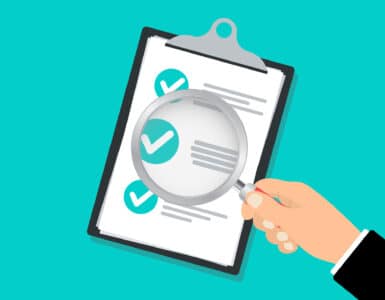Paying for education can be extremely expensive. That’s why you might want to start a 529 plan. A 529 plan offers tax advantages and can be used to pay for education expenses from grades K-12. Here are some things you should know about this savings tool.
Who Can Open a 529 Plan?
You don’t have to be a parent to open a 529 plan. In fact, anyone can open one. A relative, grandparent, anyone. You can even start one for yourself if you want.
529 Savings Plan Benefits
- Tax Benefits of 529 Plans. The 529 plan has a variety of tax benefits. The money in a 529 plan grows on a tax-deferred basis and when you make withdrawals for qualified education expenses, they’re tax-free. For K-12 students, tax-free withdrawals are capped at $10,000 per year.
- Different Uses of 529s. The money in a 529 plan must be used for education expenses. But what makes these savings tools so good for college students is that the funds can be used on everything. That includes things like tuition, room and board, and even student loan payments.
529 Savings Plan Drawbacks
- Contribution Limits. There are no limits on how much you can contribute to a 529 plan each year. However, keep in mind that states do limit how much you can contribute in total.
- Fees. One of the few drawbacks on 529 plans is their fees. The fees vary from state-to-state, so do some research into finding a low-fee plan. The more you’re paying in fees, the less you’re saving.
- Ownership. Another drawback of a 529 plan is that the account owner has complete control of the funds, not the beneficiary. That means they can liquidate the account or change the beneficiary at any time. It’s something to keep in mind, especially if you’re counting on those funds to cover your education.






